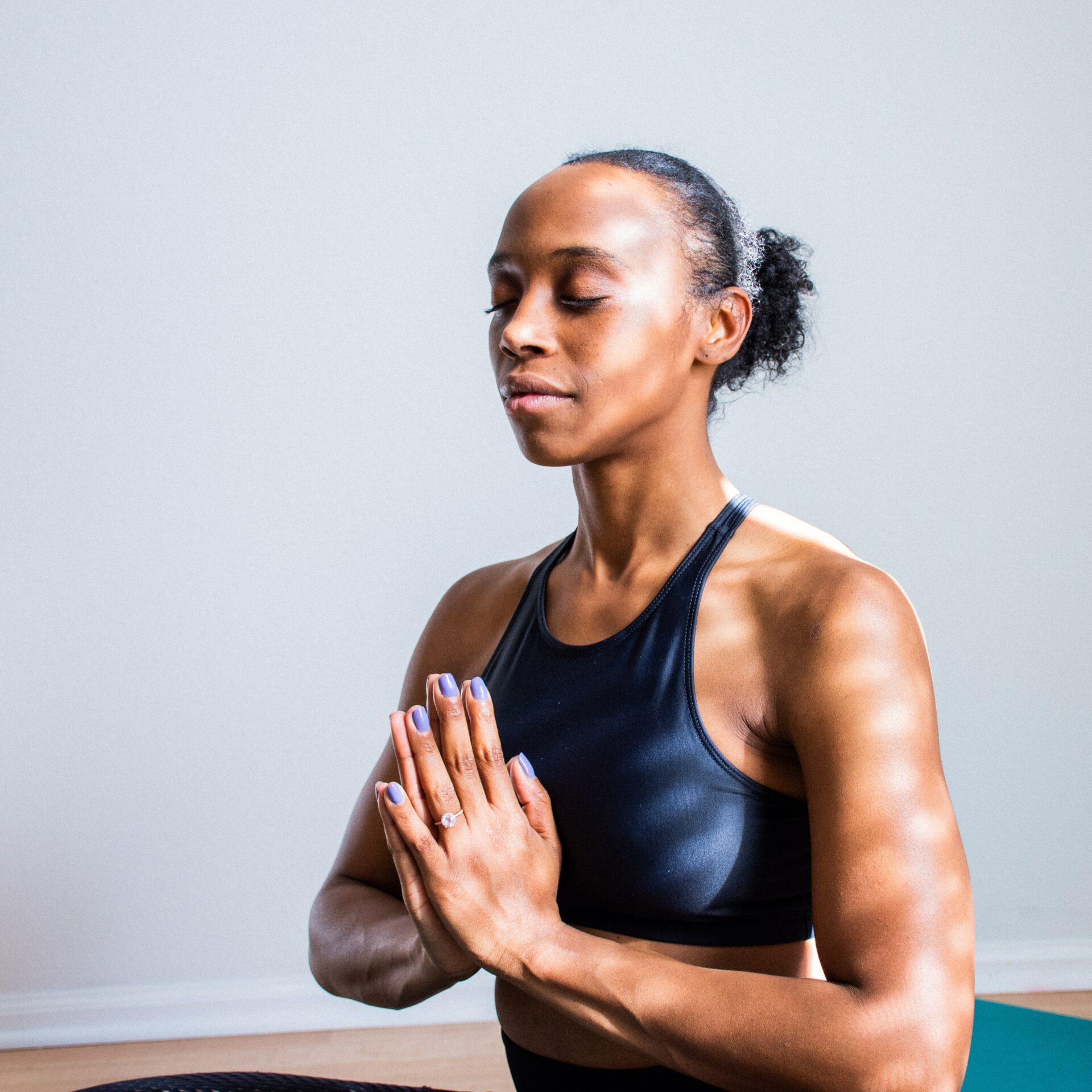
NourishDoc doesn’t provide medical advice, diagnosis, treatment, or prescriptions. Read our terms of use, privacy & medical disclaimer for more info
A case of dushta vrana (diabetic foot). Diagnosis and treatment principles were adopted on the basis of guidelines of dushta vrana and saama dosha avastha of prameha.
Please see the after images post Ayurveda treatment. Patient was managed on outpatient basis. Debridement with triphala churna, a procedure mentioned as “avachurnan”. This procedure decreases the microbial load and prevents spreading of ulcer. In addition, slough can be easily removed on the following day.
Internally medicines were started for apatrapana, kapha-medaghna treatment and aama paachana. We have advised patient to be on pathya(scientific diet).
Scientific Diet- Anabhishyandhi,avidahi and laghu.
Internal medicines- saama dosha paachana(tikta-katu rasa dravya),kapha-medahgna dravya.
Gangrene Foot and Diabetes
Are you diabetic and worried about developing Gangrene foot? My client who has been diabetic developed this condition and I would like to explain this further as it can result in amputation of limb or even death.
Diabetes is the primary cause of gangrene foot/diabetic foot that results in the amputation of lower limbs.The incidence of gangrene foot is very hard to establish because of increased death rates and complications resulting from the disease. It may also be due to infrequent visits made by the patients to the hospital for the treatment of diabetic foot.
According to several studies, about 15% of people suffering from diabetes are known to experience diabetic foot. Research also shows that 25-50% of diabetic patients undergo immediate amputation to stop the progress of the infection, during their first visit to the hospital. Overall, it is estimated that about 50-70% of all lower limb amputations are due to diabetes and related complications.
See: Nettle & walnut leaves benefit for diabetes
What is Gangrene Foot?
Gangrene foot is a condition that stems due to the insufficient blood supply in the foot that eventually cause the tissue to die.
Why does it happen?
It can be a result of peripheral vascular disease (diabetes, chronic smoking) accident, infection, injury and in some cases due to polycythemia. In this case report, my client has been diabetic and the client developed Gangrene foot.
What are the common symptoms?
If you are diabetic and have symptoms like pain, swelling, discharge and redness in the area which often change its color to brown or black, numbness, you need to be very concerned.
See: Ramadan & Suhoor Diet For Diabetics
How many type of Gangrene?
I am often asked this question from my clients and I would like to explain this in a bit more detail here. Gangrene is categorized into three types which include dry, wet, or gas.
Gangrene mostly affects the feet and hand of a person and various risk factors for gangrene foot include Diabetes, smoking, peripheral arterial disease, major trauma, frostbite and HIV/AIDS.
Dry gangrene occurs as a result of pre-existing health conditions which include type 1 and II Diabetes mellitus. Prolonged hyperglycemia can cause tissue necrosis by cutting off the oxygen and nutrients supply to the tissue. Dry gangrene is an end result of chronic ischemia,and due to limited oxygen supply to the tissues, the bacteria is unable to survive and doesn’t lead to any infection. The affected part may appear dry, shrunken, and becomes dark reddish-black with time.
Wet gangrene affects the tissue in cases of infection and injury; people with diabetes are more prone to wet gangrene due to an impaired immune system.
In case of wet gangrene, the tissue swells due to infection and is characterized by fetid smell. The affected part promotes the rapid growth of bacteria due to presence of saturated blood causing the area putrid,soft, rotten, and dark
Gas gangrene is a specific condition caused by a bacterium called Clostridium perfringens that liberate gas producing toxins. These toxins are trapped in the tissue restricting the blood and nutrient supply leading to tissue necrosis. Wet and dry gangrene tend to spread faster and can cause septic shock.
ow can you prevent gangrene foot/ diabetic foot ulcer?
A diabetic foot ulcer is a condition that stems due to the complications in diabetes mellitus. Due to the severity of the condition like glucose laden tissues, peripheral neuritis, and atherosclerosis, it really becomes a difficult task for the surgeons to amputate or treat the gangrene foot. However, Ayurveda treatment for diabetic foot ulcer has found to be very effective in treating and providing symptomatic relief to the patient.
Science and Research Studies on Ayurvedic Treatment for Gangrene Foot
A case study, that included 23 patients suffering from Madhumehajanya Vrana or diabetic foot ulcer were divided into two different groups (A, B) and received two different treatments. Group A received Ayurvedic Katupila Kalka with Tila Taila whereas, in Group B, Beta-dine ointment was applied to the affected parts for 30 days. The results showed that the condition of diabetic wound reversed in people treated with Katupila paste in 28 days. Whereas, group B receiving beta-dine ointment did not observe much change.
In another case study, six patients suffering from lower extremities of various etiologies (Arterial, venous, diabetes) were treated with three Ayurveda compositions which included Maththan thailam along with Muthuchippi parpam, Maththan thailam along with Palagarai Parpam and the third one included the application of only Maththan Thailam. All these groups of medicine were topically applied over the ulcers for over 6 weeks on patients suffering from various etiologies. The group of patients treated with Maththan thailam along with Palagarai Parpam was found to have satisfactory healing against chronic non-healing lower extremity ulcers, compared with the other two groups of medicine.
See: Herbs That Lower Blood Sugar
What are the common Ayurvedic treatments for Gangrene Foot?
Ayurvedic treatments for gangrene foot include Amruthotharam kashayam, Triphala guggulu , Gandhaka rasayan, Manjistadi kshara vasti, Avagaha and Prakshalana with Triphala kwatha. These ayurvedic compositions were found to be helpful in management of diabetic foot without need for a patient to undergo amputation.
Several clinical trials for diabetic foot ulcer have proven that Integrative therapies that include Ayurveda and conventional medication can accelerate effective treatment to the patients not only suffering from gangrene foot but also treating different types of chronic on-healing ulcers.
Summary: Diabetic foot is a serious complication of diabetes mellitus, and If not treated properly these might end in the amputation of the limb or can also cause septic shock. Most of conventional medicine treatments have limited options to cure diabetic foot and result in amputation, but many ayurvedic formulations can help treat the diabetic foot in just a few days and prevent the patient from undergoing amputation. This is evident in the case as discussed for a 45 year old woman and success that is presented.
See: Ginseng Extract For Diabetes & Cancer
References
Neelambika, G.B., Balu, V., Rashel Rego, M., Kesari,C. (2018). Integrative approach for diabetic foot management. Journal of Ayurveda and Integrative medicine 9 (2018) 298-301.
Arunadevi. R, Susila, R., Murugammal, S., Divya, S. (2017). Preparation and standardization of Mathan Tailam: A classical Siddha formulation for diabetic ulcerative wound healing. Journal of Ayurveda and Integrative medicine (201) 1-6.
Samraj Karunanithi., Shree Devi .MS., Sathiyarajeswaran Parameswaran. (2019). Effectiveness of Siddha Topical Applications for Chronic Non-Healing Lower Extremity. Indian Journal of Case Reports, 5(2), 101-104.
Ajmeer, A.S., Dudhamal, T.S., Gupta, S.K. (2016). Management of Madhumehajanya Vrana (diabetic wound) with Katupila (Securinega leucopyrus). Kalka. Ayu journal, 36, 351-355.
/>Leone. S., />Pascale. R., />Vitale. M., />Esposito. S. (2012). Epidemiology of Diabetic foot. />Infez Med. 2012;20 Suppl 1:8-13.
/>https://www.sciencedirect.com/science/article/pii/S0975947617306381?via%3Dihub
/>https://doi.org/10.1016/j.jaim.2017.08.011
/>https://doi.org/https://doi.org/10.32677/IJCR.2019.v05.i02.003
/>http://www.ayujournal.org/text.asp?2015/36/3/351/182744
/>https://www.ncbi.nlm.nih.gov/pubmed/22982692

NourishDoc doesn’t provide medical advice, diagnosis, treatment, or prescriptions. Read our terms of use, privacy & medical disclaimer for more info

This website uses cookies so that we can provide you with the best user experience possible. Cookie information is stored in your browser and performs functions such as recognising you when you return to our website and helping our team to understand which sections of the website you find most interesting and useful.
Strictly Necessary Cookie should be enabled at all times so that we can save your preferences for cookie settings.
If you disable this cookie, we will not be able to save your preferences. This means that every time you visit this website you will need to enable or disable cookies again.